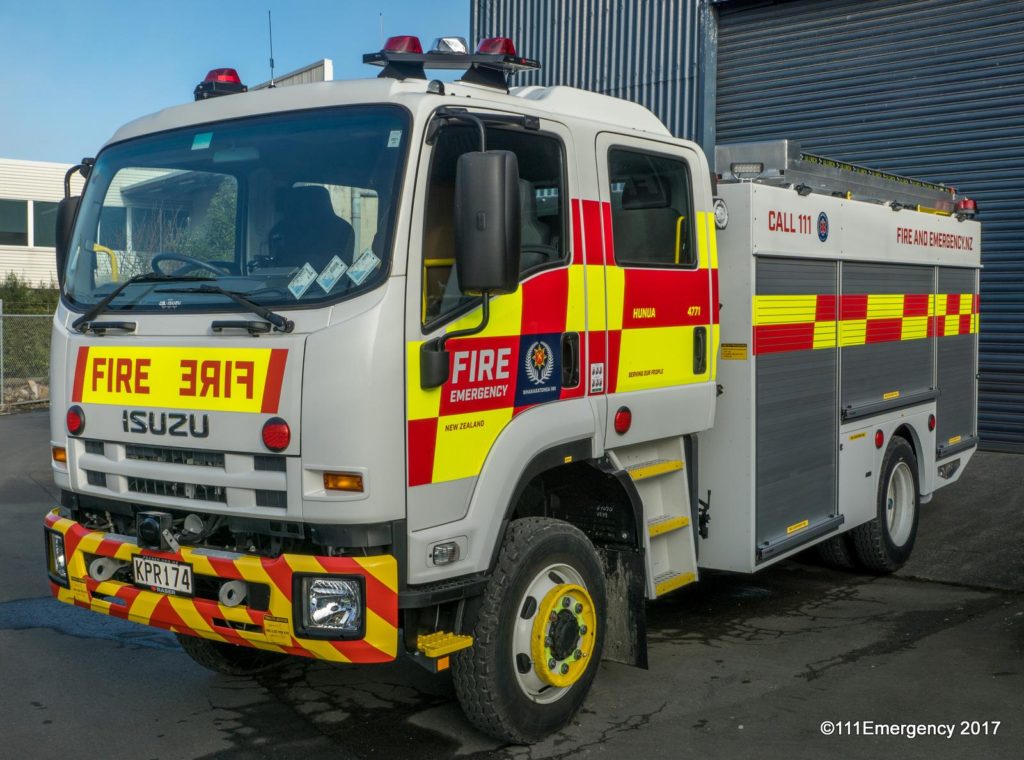Information
-
Document No.
-
Audit Title
-
Client / Site
-
Conducted on
-
Prepared by
-
Location
-
Personnel
Practical Drill Evolution
-
Part 1: Vegetation fire threatening building (if no open water source available, have spare brigade members construct a portable dam on arrival)
Crew IC to carry out size up (360/Interview/Hazard Assessment)
With a crew of 5 or 6 from appliance establish 2 forestry deliveries to suppress reasonable fire
With a crew of 4 from appliance establish 1 forestry deliveries to suppress reasonable fire
Time #1 at crew showing water from deliveries
Part 2: Tanker crew
Tanker to supply water to appliance
Time #2 when appliance tank refilled from tanker
Part 3: Available Tanker and Appliance crew Supply Tanker from open water source using portable pump.
Time #3 when water supply to tanker is established -
Competence Level
-
Timeliness Level
Tanker crew to pump
-
Competence Level?
-
Timeliness Level
Open water supply
-
Competence Level
-
Timeliniess
Medical Drill
-
Officer is advised to collapse in a tight space (Door way)
Crew is advised that on investigation they find no breathing or pulse.
Remaining crew is then got to work.
Expectation:
Someone takes charge
Primary survey
Call for ambulance
Fetch medical pack and defibrillator
Move to clear space
Commence CPR
DRS ABC DVO OP
Dangers
Responsiveness
Send for help
Airway
Breathing
CPR
Defibrillation
Ventilation (bag mask and OP airway)
Oxygen (Flow rate 10-15 l/min -
Competence Level
-
Timeliness
Oral Validation
-
Safety
-
What does each letter of LACES stand for? L lookouts<br>A anchor point and/or awareness<br>C communications<br>E escape routes<br>S safe zones
-
What are the words used at the start of a radio message to report an urgent situation? <br>EMERGENCY EMERGENCY EMERGENCY
-
Safety and General
-
Thinking of each part of the fire triangle, explain how you can extinguish a fire.<br>a) HEAT - Remove by cooling with water.<br>b) OXYGEN (Air) - Smother with soil or foam.<br>c) FUEL - Remove fuel from path of fire to create fire breaks.
-
Give three (3) parts of the fire environment that influence the spread of a vegetation fire. a) Fuel<br>b) Weather<br>c) Topography
-
Give ways you would normally communicate between positions on the fire ground. Verbal or written messages<br> Portable radio<br> Runner<br> Hand signals<br> Eye contact
-
Name 5 of the 21 safety points on the 'PINK" Safety Card.
Crew IC questions
-
What does the process “Size Up” involve?<br><br>- 360 observation<br>- information gathering<br>- hazard identification<br>- potential for escalation?
-
Name 4 (four) topics that should be covered in a briefing safety briefing?<br> Fire suppression objectives<br> Methods of communication<br> Escape routes / safety zones / anchor points<br> Teams which are to work together<br> The tasks that will be allocated to the crew<br> Reminder of safe work practices<br> Known hazards
-
What does each letter of LACES stand for? L lookouts<br>A anchor point and/or awareness<br>C communications<br>E escape routes<br>S safe zones
-
What are the 4 stages of fire extinguishment. Knockdown - Reducing fire intensity<br>Containment - Fire is maintained inside a perimeter<br>Control - Fire has been stopped from spreading and blackened out area is being widened<br>Mop up - All burning fuels are out and no possibility of re-ignition
-
Provide a brief description of each of the following parts of a fire. <br>Head – The front of the fire. This is where the fire is at its most intense and dangerous.<br>Area of origin – Where the fire starts. The area should be protected to help find the cause of the fire. You should avoid working there if you can.<br>Flanks – The outside edges of the fire. Low intensity.<br>Base – This is at the back of the fire. It is the least intense part of the fire.<br>Finger – Narrow slivers of fire that extend beyond the head or flanks.<br>Spot fire – New fires that start ahead of the main fire. Often started by embers.














